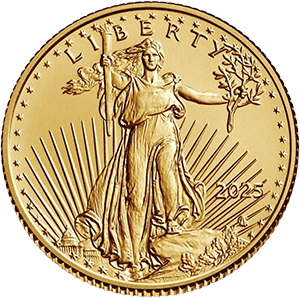
When it comes to investing in precious metals, gold and silver are two of the most popular options. Both offer unique advantages and considerations for investors seeking to diversify their portfolios. In this blog post, we will explore the differences between investing in gold coins and bars versus silver coins and bars. By understanding these distinctions, you can make more informed decisions about which precious metal aligns best with your investment goals and risk tolerance.

- Value and Rarity
Gold has long been recognized as a store of value, often associated with wealth and luxury. Its scarcity and historical significance contribute to its allure. Gold coins and bars carry intrinsic value based on their weight and purity, making them desirable assets for investors. On the other hand, while silver is also considered a precious metal, it is more abundant than gold. Silver coins and bars derive value from their weight, purity, and overall demand in various industries. The difference in scarcity between gold and silver influences their relative pricing and potential for appreciation.
- Price Volatility and Market Dynamics
Gold and silver exhibit different price volatility and respond to varying market dynamics. Gold tends to be more stable and less volatile compared to silver. It is often viewed as a safe-haven asset during times of economic uncertainty and inflationary pressures. Silver, on the other hand, has a higher level of price volatility, making it more suitable for investors who are comfortable with potentially larger fluctuations in value. Understanding the market dynamics and factors that influence gold and silver prices is essential when considering the potential risks and rewards associated with each investment.
- Affordability and Accessibility
When it comes to affordability, silver offers an advantage over gold. Silver coins and bars typically have a lower price point compared to their gold counterparts, making them more accessible to a broader range of investors. This affordability allows investors with smaller budgets to enter the precious metals market and diversify their portfolios. Additionally, silver is more widely available in smaller denominations, providing greater flexibility in purchasing and selling. Gold, on the other hand, tends to have a higher entry point, making it more suitable for investors with a larger capital base.
- Industrial Demand and Practical Applications
Both gold and silver have industrial applications, but silver's demand in various industries sets it apart. Silver is a highly versatile metal, used extensively in electronics, solar panels, medical equipment, and other technological advancements. The growing adoption of renewable energy sources and technological innovations contributes to the demand for silver. Gold, on the other hand, primarily serves as a store of value and has limited industrial use. Understanding the industrial demand for silver and its potential impact on long-term price appreciation is crucial for investors interested in its practical applications.
- Portfolio Diversification
Diversification is a key principle in investing, and both gold and silver can play a role in achieving a well-balanced portfolio. Gold is often seen as a hedge against inflation, currency devaluation, and economic uncertainty. It acts as a diversification tool, counterbalancing the risks associated with traditional investments. Silver, with its potential for higher price volatility, offers additional diversification benefits. By including both gold and silver coins or bars in your portfolio, you can reduce overall risk and potentially enhance returns through a combination of stable value and potential appreciation.
In conclusion, investing in gold coins and bars versus silver coins and bars entails understanding the distinctions between these precious metals. While gold carries a sense of luxury and stability, silver offers affordability and industrial demand. The decision ultimately depends on your investment goals, risk tolerance, and market outlook. By carefully assessing the value, price volatility, accessibility, industrial demand, and diversification benefits, you can make informed investment choices and harness the potential of these precious metals in your portfolio.
Remember, it is always advisable to consult with a seasoned precious metals advisor and expert to determine the best approach that aligns with your specific financial objectives and circumstances.

.png)








